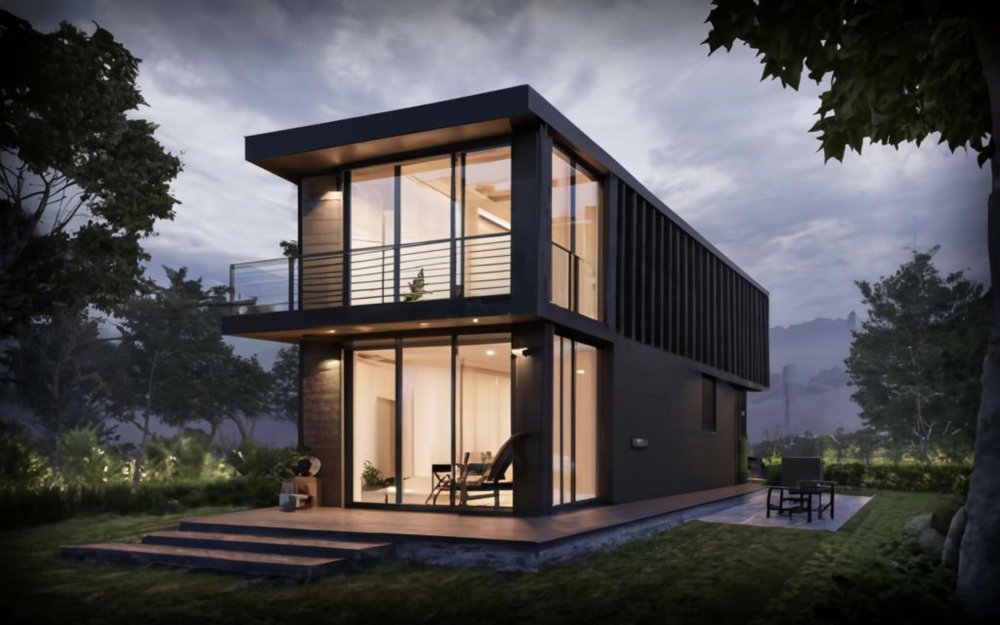As the world increasingly shifts toward sustainable living and energy efficiency, the landscape of home heating is undergoing a significant transformation. Traditional systems such as gas boilers and electric radiators are gradually being replaced by innovative, eco-friendly solutions that promise reduced carbon footprints, lower energy bills, and improved indoor comfort. Among these emerging technologies, heat pumps, underfloor heating systems, and modern ventilation solutions like Mechanical Ventilation with Heat Recovery (MVHR) are leading the charge towards a more sustainable future.
In this comprehensive exploration, we examine the current state and future prospects of these advanced home heating technologies, delving into how they work, their benefits, and what homeowners can expect moving forward.
The Evolution of Home Heating
Historically, central heating in homes relied heavily on fossil fuels such as natural gas or oil, which contributed significantly to greenhouse gas emissions. In response, governments and environmental agencies across the UK and beyond have implemented policies encouraging the adoption of low-carbon alternatives. This shift necessitates a move away from traditional heating systems towards more innovative, energy-efficient solutions.
The recent focus has been on renewable energy sources, with technologies like heat pumps and underfloor heating gaining prominence. These systems not only reduce environmental impact but also offer enhanced indoor comfort and operational efficiency.
Heat Pumps: A Sustainable Heating Solution
How They Work
Heat pumps operate on a principle similar to a refrigerator in reverse. They extract heat from external sources—air, ground, or water—and transfer it indoors to provide heating. There are three main types:
- Air Source Heat Pumps (ASHPs): Extract heat from the ambient air, even in cold temperatures.
- Ground Source Heat Pumps (GSHPs): Use geothermal energy stored beneath the ground.
- Water Source Heat Pumps: Harness energy from nearby water bodies.
These systems utilise a refrigerant cycle with compressors, evaporators, and condensers to efficiently transfer heat, requiring significantly less electricity compared to traditional heating methods.
Advantages of Heat Pumps
- Energy Efficiency: They can deliver three to four units of heat for every unit of electricity consumed.
- Environmental Benefits: Reduced carbon emissions due to lower electricity consumption and the use of renewable energy sources.
- Cost Savings: Although initial installation costs are higher, long-term operational savings are substantial.
- Versatility: Compatible with various heating distribution systems, including underfloor heating and radiators.
Future Outlook
As technological advancements continue, heat pumps are expected to become even more efficient and affordable. Innovations such as hybrid systems combining heat pumps with solar panels and smart controls will further optimise energy use. Additionally, government incentives and stricter building regulations will likely accelerate their adoption.
Underfloor Heating: The Modern Comfort Solution
How It Works
Underfloor heating (UFH) involves installing a network of pipes or electric mats beneath the floor surface, distributing heat evenly across the room. There are two primary types:
- Hydronic (Water-Based) Underfloor Heating: Circulates warm water through pipes, typically powered by a heat pump or boiler.
- Electric Underfloor Heating: Uses electric mats or cables embedded in the floor, suitable for smaller spaces or retrofit applications.
Advantages of Underfloor Heating
- Enhanced Comfort: Provides consistent, gentle heat that eliminates cold spots and drafts.
- Aesthetics and Space: Frees up wall space and allows for flexible interior design.
- Efficiency: Works well with low-temperature heat sources like heat pumps, increasing overall system efficiency.
- Health Benefits: Reduces dust circulation compared to radiators, helpful for allergy sufferers.
Innovations and Trends
Modern underfloor heating systems are becoming smarter and more user-friendly. Wireless thermostats, zone control, and integration with home automation allow precise temperature management. Moreover, the use of sustainable materials and improved insulation techniques enhances their eco-friendliness.
MVHR Ventilation: Ensuring Fresh Indoor Air
Understanding MVHR
Mechanical Ventilation with Heat Recovery (MVHR) systems play a vital role in maintaining indoor air quality while conserving energy. These systems extract stale air from inside the home and replace it with fresh, filtered outdoor air. Simultaneously, they recover heat from the outgoing air to warm the incoming air, significantly reducing heat loss.
Benefits of MVHR
- Improved Indoor Air Quality: Filters remove pollutants, allergens, and moisture, promoting healthier living environments.
- Energy Efficiency: Heat recovery reduces the demand on heating systems, lowering energy bills.
- Moisture Control: Helps prevent mould growth by managing humidity levels.
- Enhanced Comfort: Maintains consistent indoor temperatures and fresh air circulation.
Future Trends
Advances in MVHR technology include quieter operation, better filtration, and smarter controls that adapt to occupancy patterns. Integration with other home automation systems will enable more proactive and efficient ventilation management.
The Synergy of Technologies: Towards a Sustainable Home
The future of home heating lies in the integration of these advanced systems. Combining heat pumps with underfloor heating ensures that homes are heated efficiently and comfortably, leveraging renewable energy sources. Incorporating MVHR systems further enhances energy performance by ensuring a supply of fresh air without compromising heat retention.

This holistic approach aligns with the UK’s ambitious climate goals, aiming for zero-carbon homes by 2050. As technology matures and costs decrease, these solutions will become standard in new-build properties and retrofit projects alike.
Challenges and Considerations
While promising, adopting these technologies involves considerations such as:
- Initial Costs: Higher upfront investment can be a barrier, though long-term savings offset this.
- Installation Complexity: Retrofitting existing homes may require significant modifications.
- Maintenance: Proper servicing is essential to maintain efficiency and longevity.
- Building Regulations: Compliance with evolving standards and incentives can influence choices.
Conclusion
The trajectory of home heating technology is clearly headed towards sustainable, efficient, and comfortable solutions. Heat pumps, underfloor heating, and MVHR ventilation systems are at the forefront of this evolution, offering homeowners environmentally friendly alternatives that do not compromise on comfort or convenience.
As these technologies continue to develop, supported by government policies and technological innovation, future homes in the UK and beyond will be markedly more energy-efficient, healthier, and better aligned with global sustainability goals. Embracing these advancements today paves the way for a greener, more comfortable tomorrow.











Leave a Reply